Tekken 8 — Review
When grandmas, moms, and even some wives want to watch seemingly endless drama about complicated family relationships, they have soap operas. Once South American, then Turkish, but even Slovak endless series have gained strength lately. If fans of fighting games want to watch such family drama, they have the Tekken series. For almost 3 decades, we've been following the story of a father fighting with his son in one family. However, it doesn't work by just exchanging a few blows and having peace. Recently, they unleashed a war that devastates the whole world and causes even metropolises to fall. It's finally time to stop it once and for all.
In almost 30 years, this is already the tenth Tekken game (excluding Tekken Advance, Tekken 3D, or Tekken Hybrid), and the series now truly emphasizes the story. Ideally, you should know all the main games of the series, but the most important one is undoubtedly the third installment, from which a significant part of the story of the new Tekken 8 is derived. However, the game also heavily refers to the events of Tekken 6. You should have these two mastered story-wise. If not, it's not a big problem since you'll find short and simply animated films for each of the main parts that will summarize their story for you.
Now we find ourselves 6 months after the events of Tekken 7. Jin and Kazuya are leading a battle with no winner, but the world is suffering. Lars has built an army to stop it, but he knows that the only one who can face Kazuya's power is Jin. So, he needs to find him and prepare for the final battle that will return players to where part of this story began long ago - on Yakushima Island. Jin must deal with himself alone to gain enough strength. But first, he must participate in a tournament because when the world is collapsing, there's nothing more important than organizing a fighting tournament.
Not everything in the story here has to make sense, but as a whole, it works. Of course, you mainly want to see how the characters kick each other's asses, but even the scenes in between are enjoyable. The story takes less than 4 hours and puts you in the shoes of several different characters, with Jin playing the first violin here. It also takes you around the world, and it's not just about classic fighting; you'll find a more modern 3D variation on Tekken Force (with gameplay like Musou games). June is back, and the story will reveal more about her. Moreover, the developers drew inspiration from series like Devil May Cry or Dragon Ball, so it will be a truly intense ride. Additionally, the authors are not afraid to say goodbye to some characters, which doesn't happen so often in games.
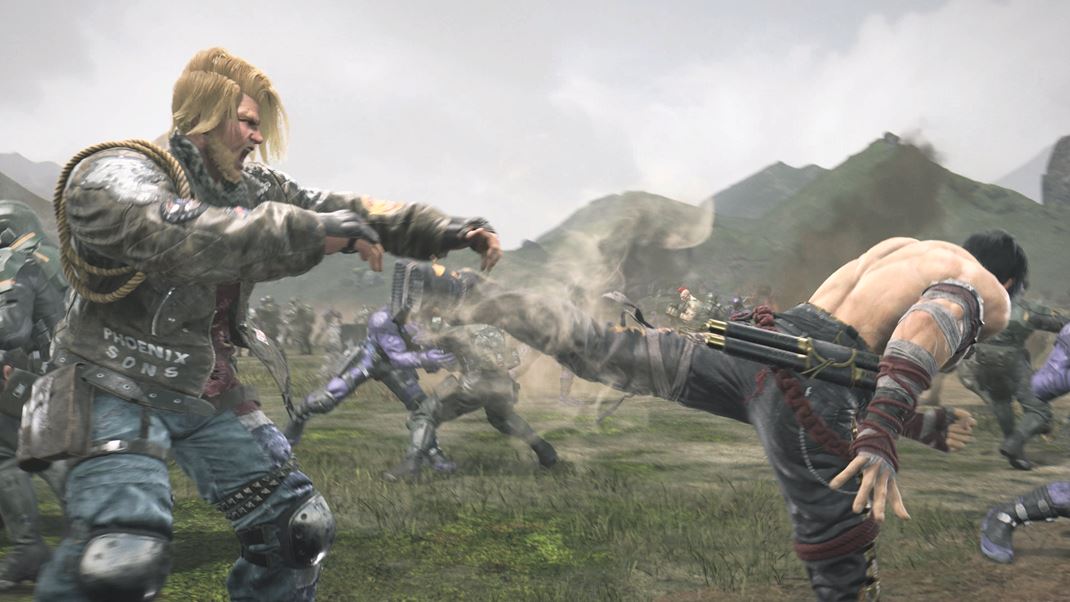
When you finish 15 chapters of the main story mode, there are additional episodes waiting for each character in the separate mode. This is what we previously knew in the Arcade mode. Each character has their own motivation for entering the tournament and their own ending when you lead them to overall victory after (mostly) five won battles. It's not canon; some stories are more serious (Jin, June, Yoshimitsu...), while others are more quirky (Azucena, Lili, Asuka...). This part of the game showcases a less serious face and adds more hours of gameplay.
But that's not all, and the game introduces other modes, including the new Arcade Quest. In an interview about this mode, Naoya Yasuda and Michael Murray said they want to show new players what it was like to go to arcades and play there on slot machines. Just without having to have pockets full of coins. It's a mode that also has its own very infantile story, but essentially, it's something that will teach you to play Tekken. You'll gradually go through several thematically different arcades on the map, where avatars await you, challenging you to a duel. Each arcade has its "missions," which are basically mechanisms you need to learn, then apply them, and also progress up in the ranking. When you fulfill that, you move on.
It's not a particularly deep game mode, and personally, I feel a bit wasted opportunity there. In the middle of it, it will be a schematic boredom, and the fact that you unlock new things for your avatar and your profile in the game itself doesn't help. Yet so little would be enough—just to make it not all about fighting wildly customizable characters. If it intertwined with mini-games, matches with some special modifiers, and other diversions, the overall experience would be better and richer. When you start Arcade Quest, you probably already have a portion of the game behind you, you know many mechanisms, so it may feel a bit redundant. But it's nice for newcomers.
About the other modes more telegraphically. Versus is there, where you have a quick fight against artificial intelligence or, mainly, with someone else next to you on the couch. There's a training mode where you learn everything you should know about the game. Tekken Ball has returned, and even after so many years, I still love it. It's essentially a kind of volleyball where you take away your opponent's life by giving him a good hit with the ball. It's not a deep mode, but it's fun, especially in local multiplayer. And the novelty is Super Ghost Battle, where you fight against your own but also the "ghosts" of other players. The game collects your gameplay data, and based on that, artificial intelligence tries to learn your fighting style. This way, you can actually fight against yourself or even against the playstyles of other players. You just need to download their data.
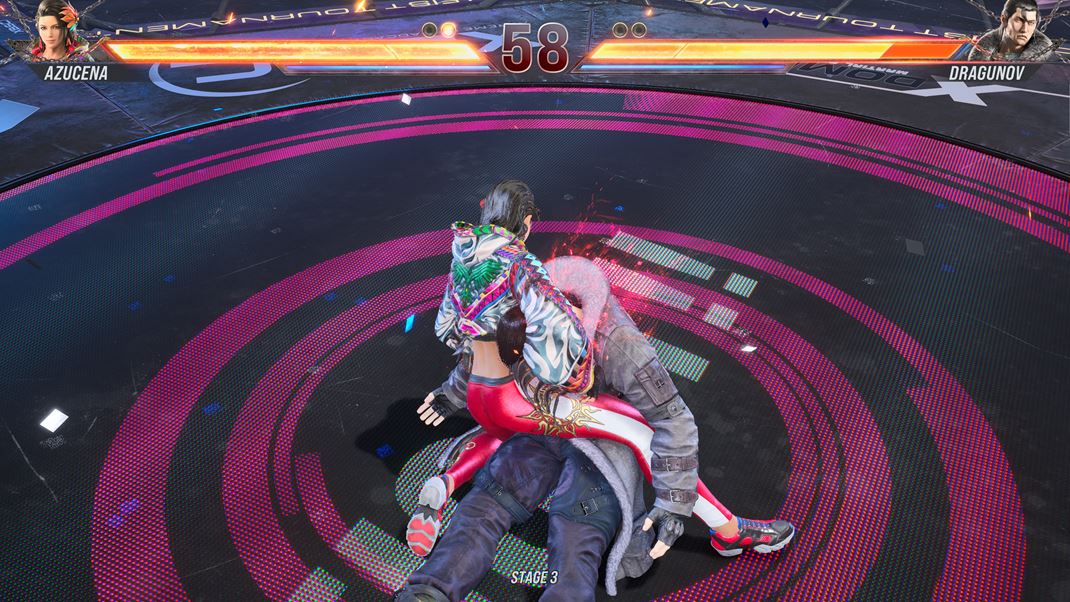
And now we have probably the most important aspect – online play. Without a robust online infrastructure and a rich offering, a fighting game cannot be successful today, and Namco didn't disappoint here. You'll find quick matches, ranked matches, private matches (you can create your own or find one online), and even the Tekken Fight Lounge, which resembles the Arcade Quest, but similar virtual environments are already in other fighting games. Your avatar runs around a vast arcade, where you can interact with other players' avatars, challenge them to fights, and more. Online leaderboards are also present because you have to compare yourself with others.
The offer doesn't bring any major innovations, but it's extensive enough for you to spend some of the next years playing online. You can play with friends, strangers, climb the rankings, and compare yourself with the best. And most importantly, it works well. Beta tests before the game's release already showed us that. The connection works very well, even for opponents from different corners of the world. There are some minor flaws, but the rollback netcode works well and gives you a choice of 3 settings. Moreover, the game also supports cross-platform play against players on other platforms. I praise that the game clearly displays information about opponents, so you can reject a match if, for example, it searches for an opponent with low connection quality.
But let's move on to more content. The game brings a total of 16 arenas, which are based on its story. We'll look at the home locations of some new characters, visit completely new places, but also places we haven't been to in years. For example, we'll see the already mentioned Yakushima Island. In selected arenas, you can still break individual elements, and during the fight, you can, for example, break through a wall and move the battle somewhere else. You can do the same with the floor. In addition, the game gets 5 new mechanics for interacting with arenas, some of which help you continue the combo.
Tekken 8 comes with 32 playable characters by default, which is a very decent number. You'll find characters that fans have loved since the first installments, such as Paul, Yoshimitsu, or King. But there are also those that came later – Lili, Lars, Zafina, Alisa, and others. Among the familiar faces, Heihachi is missing, and Eddy will be in DLC (thank goodness, in my opinion). However, there are also 3 newcomers – Reina, Victor Chevalier, and Azucena. Reina has the most significant impact on the story, Victor also has his place there, albeit smaller. Azucena is more of a humorous element and the first MMA character, expanding the fighting styles in the game.
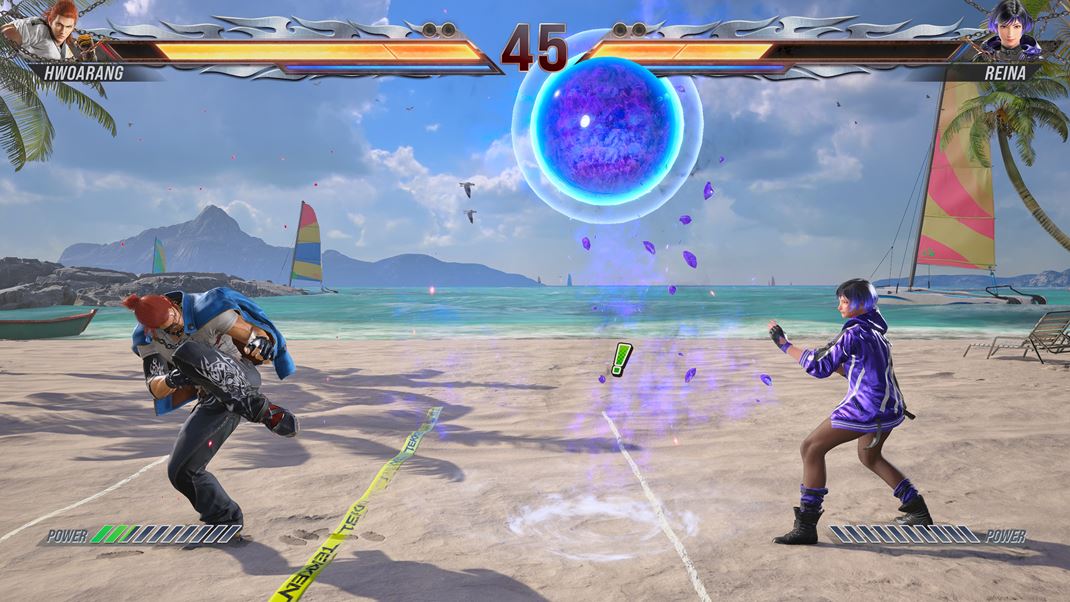
So what do the newcomers bring? I don't want to spoil too much, but Reina is another character who masters the Mishima style, giving it a bit of her own energy, and the inputs for individual attacks are a bit different. However, she can still use moves like EWGF in battle, but it's done differently and looks a bit different. She adds a nice touch to the game. Victor, known as Phantom Raven, has a fighting style similar to others, but he uses more weapons, or he uses them more prominently. He is fast, and sometimes he's even invisible. Azucena Milagros Ortiz Castillo, as an MMA fighter, brings powerful kicks and grabs, but she can also skillfully dodge attacks. She somewhat resembles Katarina and Josie.
However, it's not just about the new story, new characters, and new arenas. The core gameplay of the Tekken series remains unchanged, but a bunch of important new mechanics has been added, pushing everything to a new level. I know there will be players who won't completely appreciate the new direction, but I personally liked that Tekken 8 is the most offensive game in the series so far. Not that there aren't any defensive mechanics, but while playing, you clearly feel that the game is built on offense. The aggressive playstyle is supported by revamped inputs (even some classic movements are done slightly differently) and, above all, new mechanics.
The biggest innovation is the Heat system, which brings new possibilities for special attacks. You can enter the Heat state with a specific attack (Heat Engager) or manually by pressing the Heat button (right bumper). Here, you have a second indicator showing you the remaining energy for the Heat Combo. Alternatively, you can use Heat energy for Power Crush. At the same time, Heat allows regular attacks to add more variation, so during, for example, Kazuya's activated Heat, all WGF automatically change to EWGF. This significantly promotes aggression. At the same time, during Heat, you cause significant chip damage even to blocked enemies. Although they can replenish this life loss by attacking you, it's still a big change. Heat can be activated once per round.
The Rage system has been overhauled. From the description of the Heat system, experienced players probably understood that it replaces Rage Drive to some extent. When your character has low health (which is now nicely displayed on the indicator), it switches to Rage mode, and a red aura glows around her. Also, attacks in Rage mode become stronger. But you already know that. The novelty is Rage Arts – special attacks that somewhat resemble Critical Arts from Street Fighter V. You press a button, and the attack starts. If you hit the opponent with it, an animation and a cinematic attack consisting of several phases are triggered, causing significant damage to the enemy.
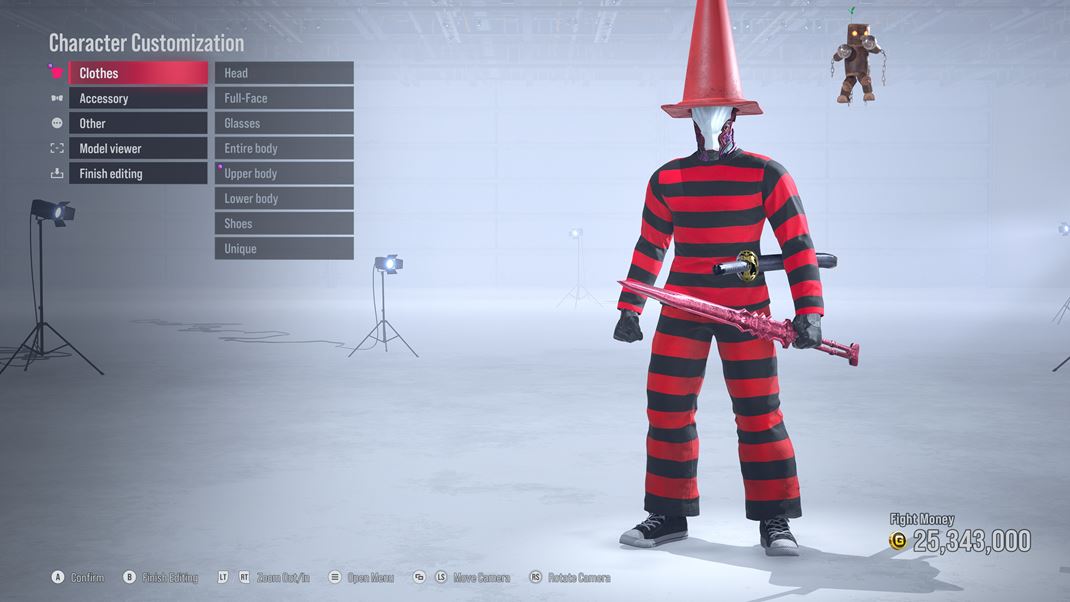
The Screw mechanic has now been replaced by the new Tornado mechanic, which functions similarly during juggle combos. I've already mentioned that the new installment also brings back Power Crush. Additionally, there has been a minor change to the characters' life. Similar to the Tag series, you can now regain a portion of your health. While most of it is permanently lost, chip damage can be replenished by attacking the opponent. As you might suspect, this is another mechanic that encourages playing aggressively and consistently engaging with opponents (but not recklessly).
Furthermore, the game aims to be more accessible to newcomers, introducing a new system called Special Style. You can activate or deactivate it at any time during a match (left bumper), and it's entirely up to you. When Special Style is activated, the control scheme is simplified to make executing iconic moves very easy, sometimes requiring just a single button. You can effortlessly perform actions like air combos, Power Crush, and more. You still need to master timing and spatial utilization, but it allows you to focus more on learning the characters. After all, characters today have over a hundred moves, attacks, and mechanics, making it quite a load for both experienced and novice players, especially with 32 characters.
Tekken 8 is the first game in the series created in Unreal Engine 5. While it may not look as good as Mortal Kombat 1, it's still a pretty game, and most importantly, it's dynamic and runs smoothly. I'm starting to have some reservations about the art where almost every male character is as broad as a medieval wardrobe, giving it a cartoonish appearance at times, but that's just my subjective view. Simply put, the game looks good. It sounds very good too, whether it's the music or the voice acting. The voice acting continues the trend of characters speaking the language corresponding to their nationality in the game. For instance, Zafina from Egypt speaks English. It sounds fresh and pleasant, even though it doesn't make sense in the story (when four characters have a conversation, each in a different language but understanding each other).
I really enjoyed this. I love the genre and have been playing it for as long as some of these series have existed. Tekken 8 might be one of the best parts since the legendary third installment. The focus on aggressive gameplay will impress a significant portion of the audience. I also appreciate the openness to completely new players who can quickly and easily jump into the game thanks to the new system. I commend the abundance of content, the well-functioning online component, the extensive character appearance editor, and the huge gallery of materials where you can unlock artworks, videos, and more. Simply put, fans will be satisfied, and newcomers can get acquainted with a series they will love. However, the developers could probably stop complicating their own canon, which occasionally contradicts itself. And Arcade Quest had a good idea but ends up becoming tedious over time.


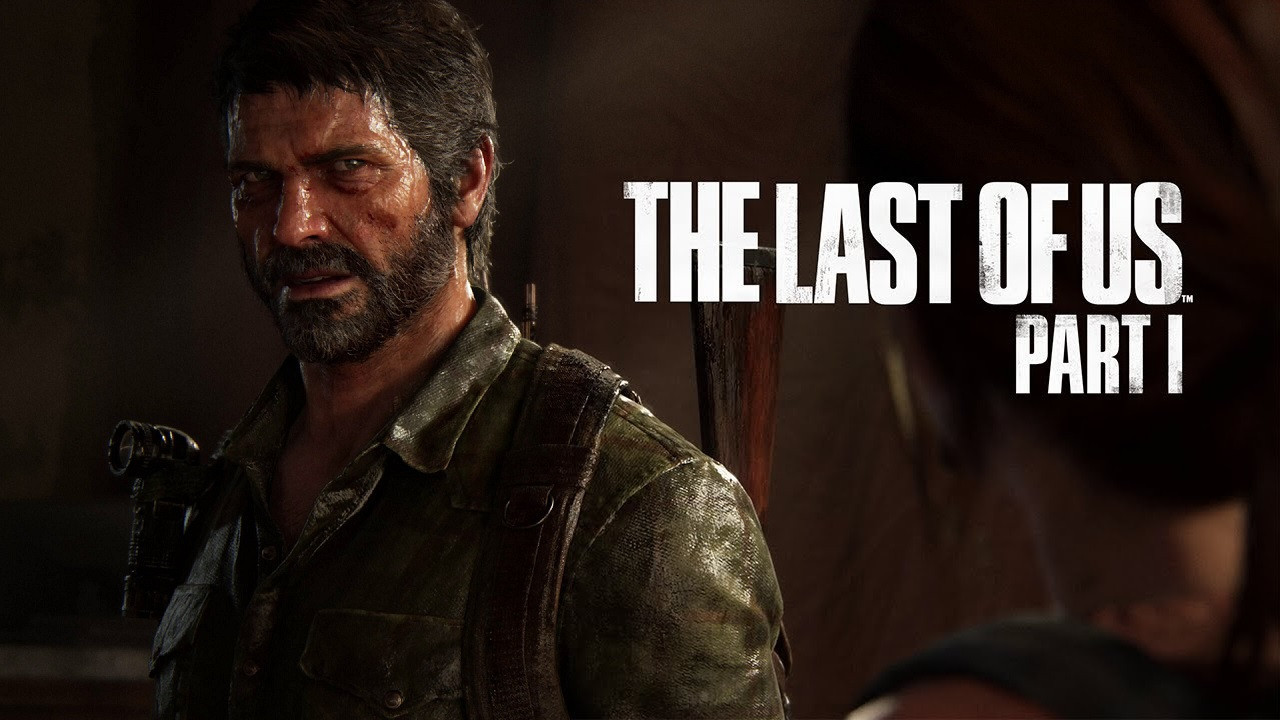
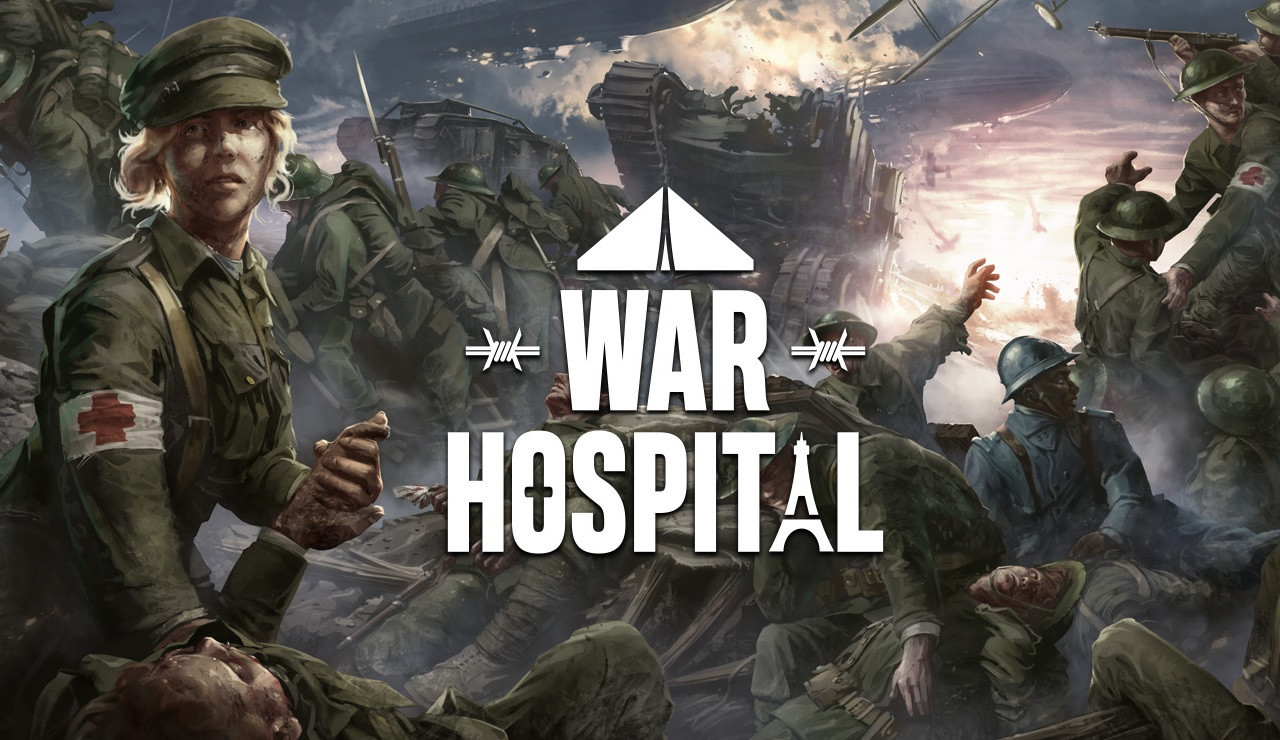
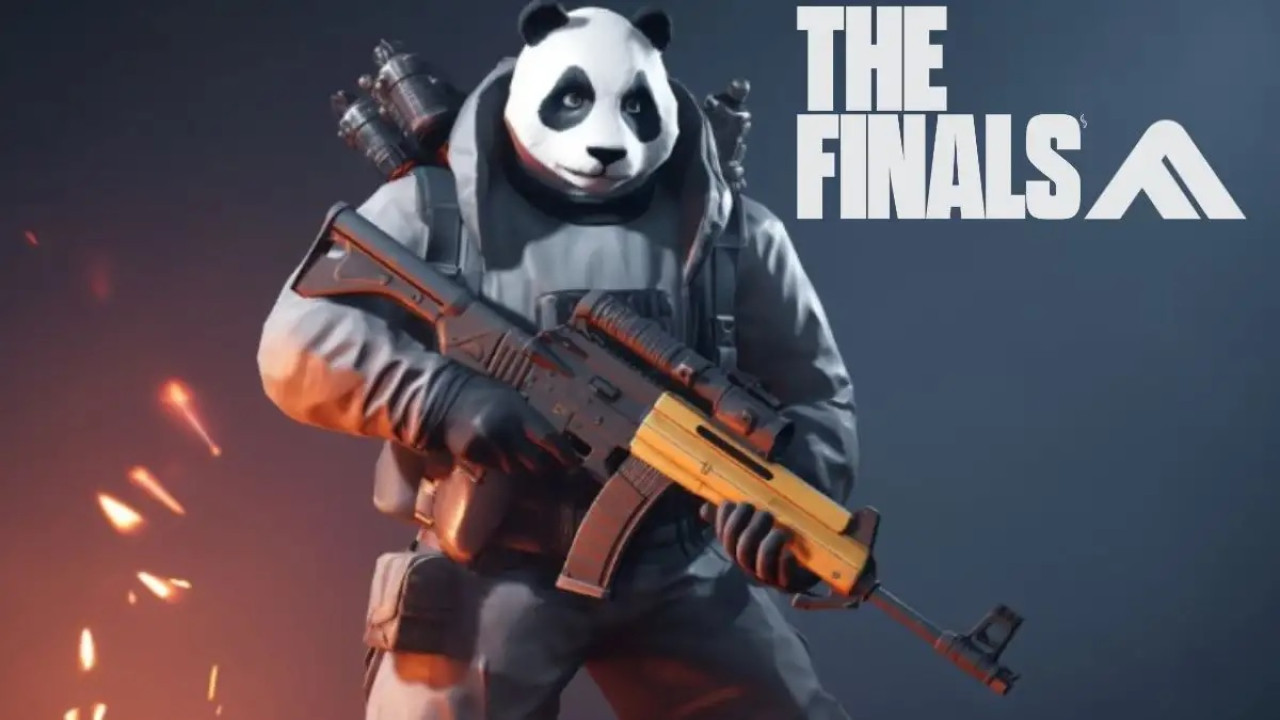

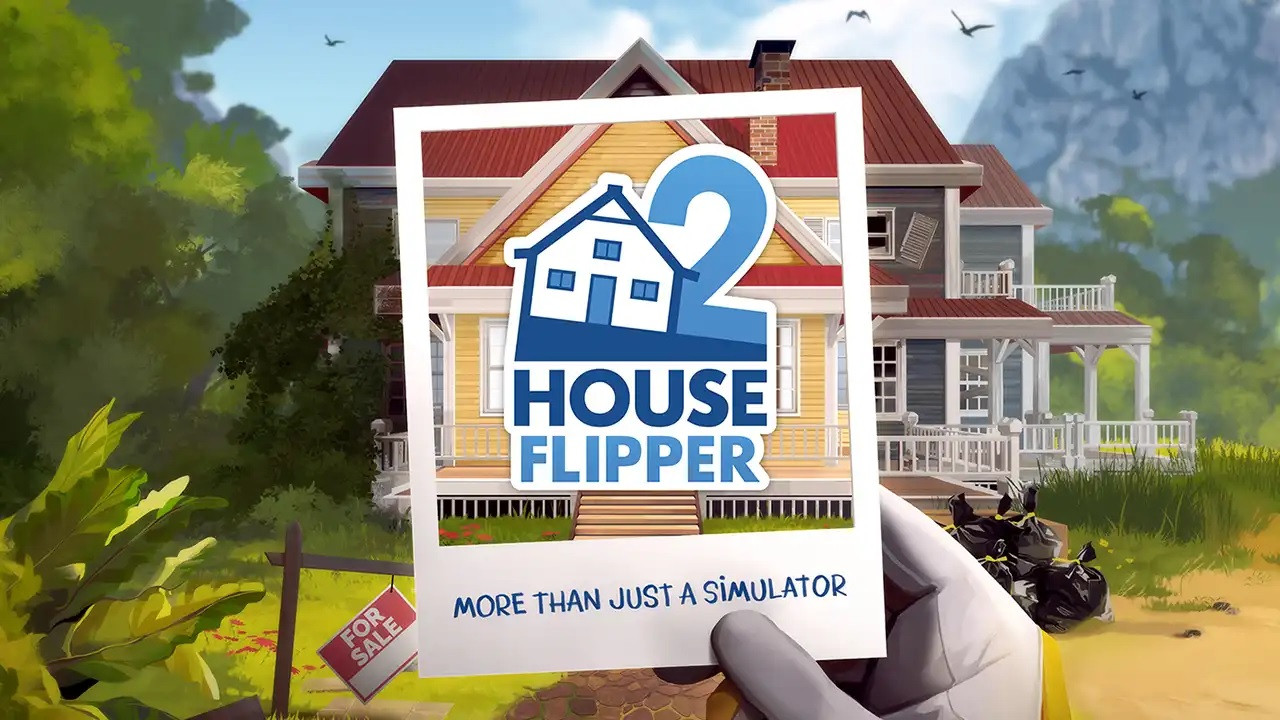
Comments (0)
No comments found